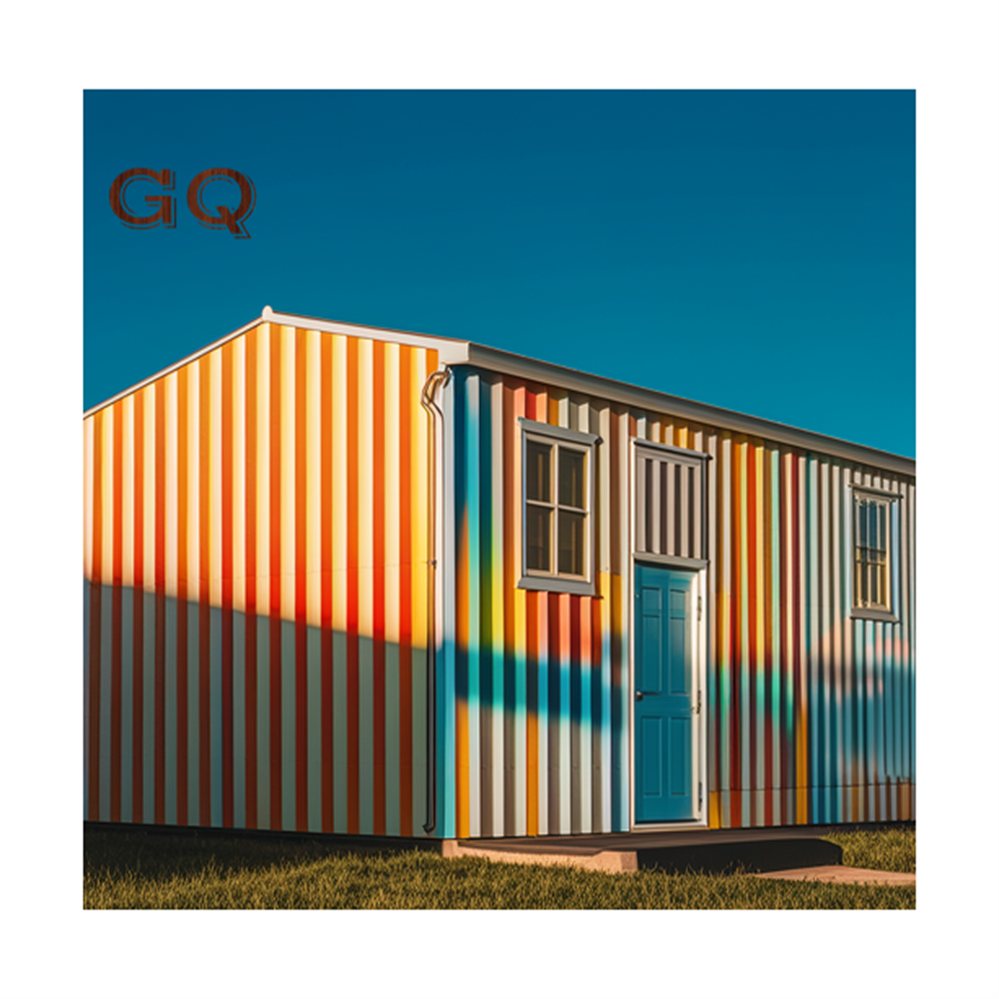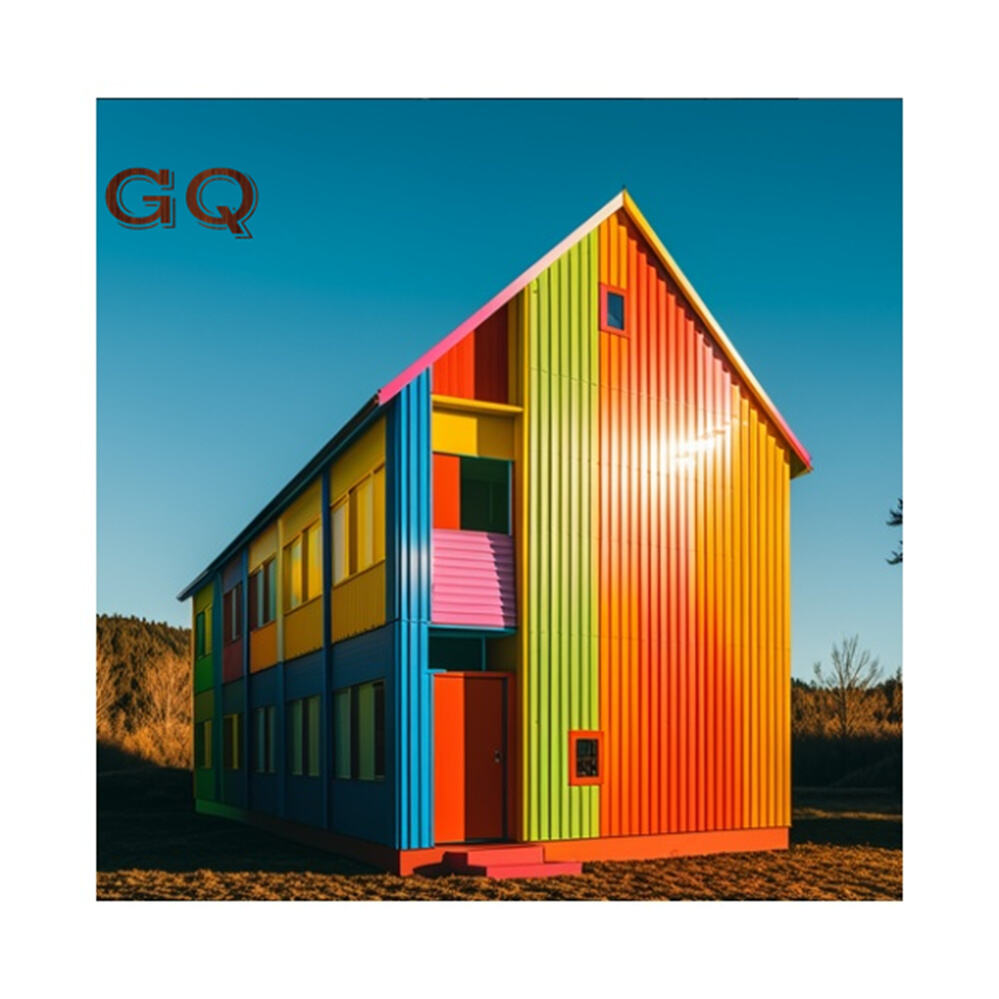Introduction
The roof on a home is the primary barrier between rain and hail from entering your living quarters. Selecting proper roof material is critical: roofing literally forms the hat that sits atop nearly every building and its performance affects durability, energy consumption, and aesthetics. In this article we will talk about common roofing materials, their durability properties, weather resistance and energy efficiency to make it easier for homeowners who are shopping for a new roof.

Common Roof Sheeting Materials
Asphalt Shingles
Asphalt Shingles: Asphalt shingle — also known as composition or comp building material is the most preferred type of roofing sheeting in homes, which provides both protection design options for those who thinking that how to choose a roof. Asphalt shingles are constructed of asphalt, fiberglass mat and mineral granules. Asphalt shingles: Asphalt shingle roofs come with a lifespan of around 15-20 years but are prone to wind, hail and UV damage. They are moderately energy efficient, and certain manufacturers offer reflective granules to increase cooling properties.
Metal roof sheeting
In recent years, metal roofing has become the go-to standard for long-lasting weatherproof roofs. The material used is available in Aluminium, Steel, Copper or Zinc. Metal roofs are fire, wind and hail resistant. They are also very energy efficient as their reflective qualities can lower cooling costs during those sunny summer days. But metal roofs tend to make some noise when it rains or hails and might need an expert for installation.
Tile roof sheeting
Tile Roofs: Tile roofs are renowned for their exceptional longevity and curb-appeal. They come in clay and concrete forms. Clay is really durable, estimated to last 100 years and more, while concrete tiles don't deliver the longest lifetime expectancy that you would expect from a landscape design investment. Both Vinyl Dormants and Composite Dorns are extremely weather resistant, with fine fire resistance as well. Tile roofs, though plenty durable and easier to maintain than shingles or wood siding, are also heavy — so they need a robust roof structure best suited for well.
Wood Shingles and Shakes
Wood Shingles and Shake: give a classic Natural wood style, very good insulator. Of the three, cedar wood is your best bet for roof sheeting but other options are available such as redwood and pine. Wood shingles tend to have a medium lifespan, whereas shakes are rugged. Not only that, but wood roofs can also be easily set on fire or rot & become great food for insects which can lead to your roof falling apart and not fully protecting you. They are also less energy efficient than other materials.
Other Materials
Synthetic sophisticated roof sheeting materials: These kind of are created to look like much more classic assets including concrete shingles as well as record, on the other hand using considerably greater durability and also fire opposition.
Membrane roofing —Typically used on flat roofs, it is produced by multiple layers that consist a base sheet of modified bitumen in place and sealed together creating an effective water barrier. Its exceptionally weatherproof, and sturdy nature may not require distant setting up.
Comparison of Properties
Durability
Metal roof materials: The longest lasting material, metal roofing can last more than 50 years.
Clay tile Long lasting, usually exceeding a century of use.
Wood shingles and shakes- 20 to 30-year life expectancy (Typically)
Asphalt shingles Lifespan: around 15–20 years.
Synthetic shingles/membrane roofing: Durable depending on the material and manufacturer.
Conclusion
The roof sheeting material you choose is a big factor in how long your home will last, the energy efficiency of both heating and cooling it. Homeowners can select that which they feel is most reliable sheeting material for their specific requirements and taste by thoroughly going through the factors addressed in this piece of information. Because metal and tile roofing generally provides greater durability or energy efficiency, asphalt shingles are still largely common due to budget constraints in most countries. Wood worth a similar look, but it is more time-consuming to keep clean. In the end, it just comes down to a combination of what works best for you — climate-wise and budget wise.

 EN
EN







































